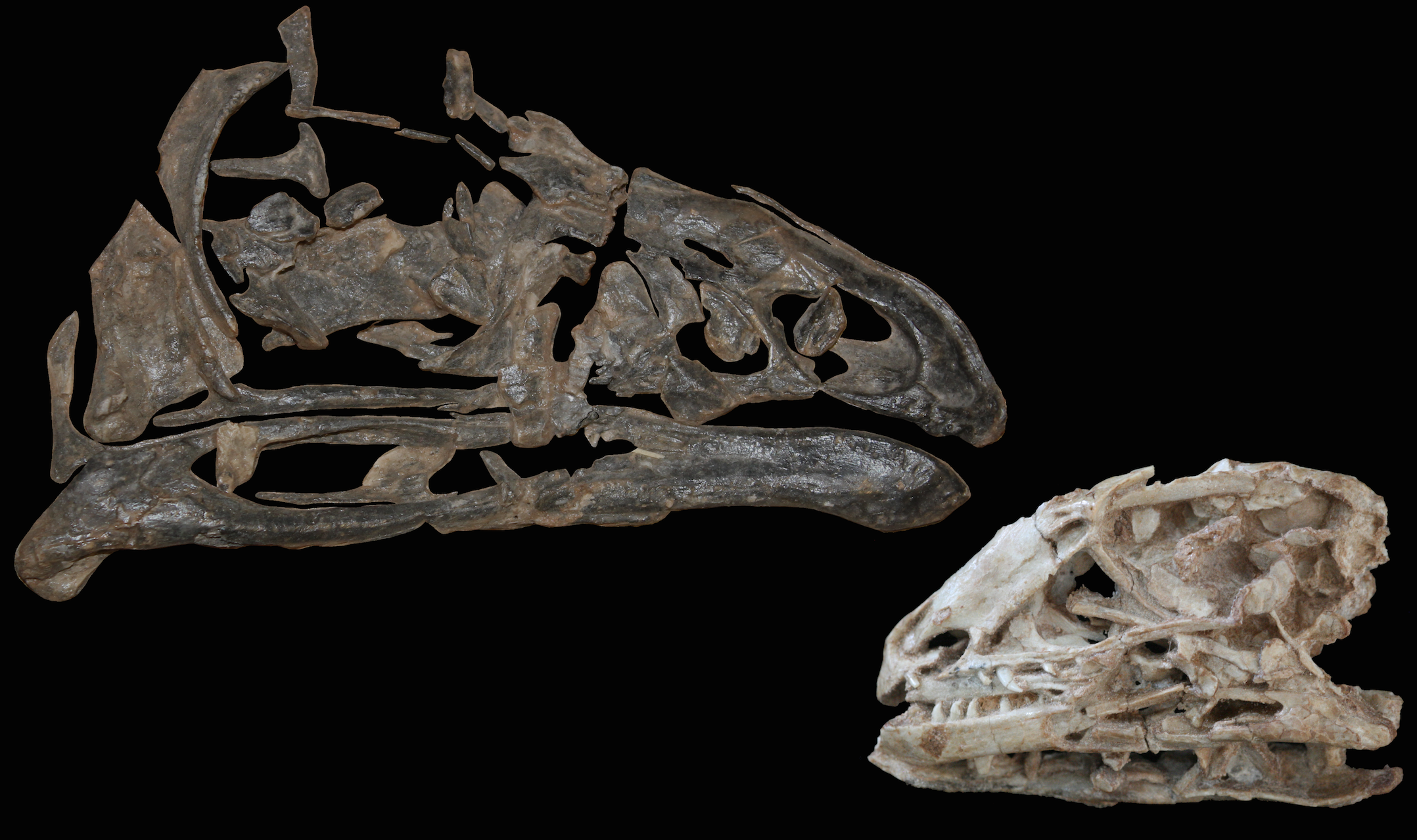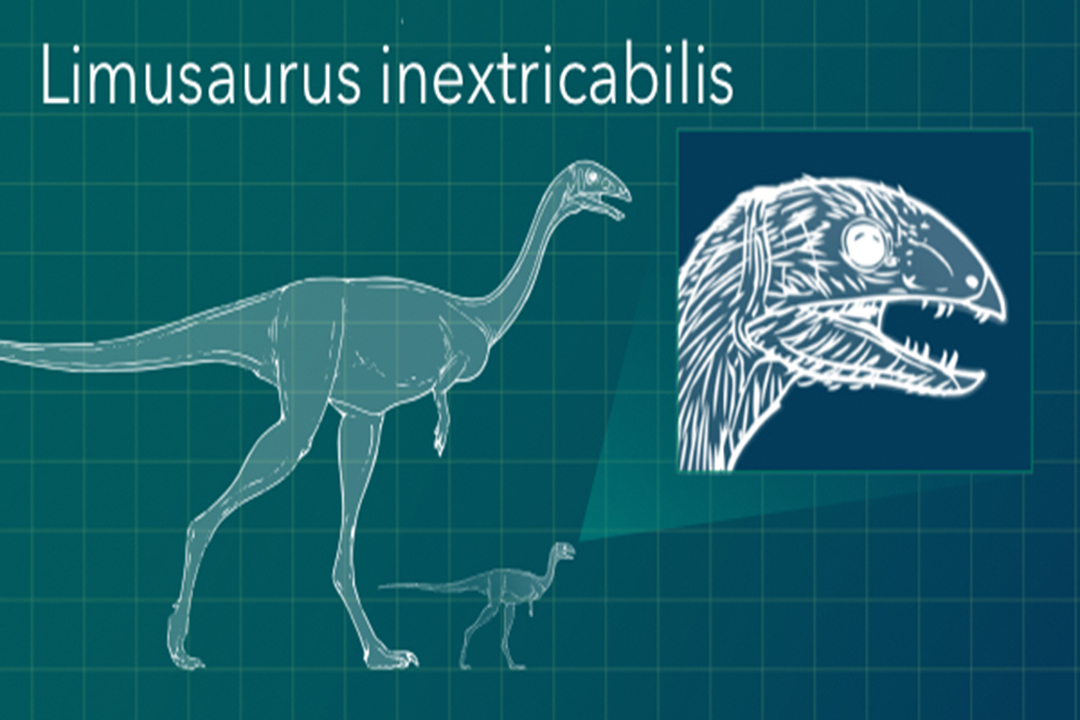By Kristen Mitchell
George Washington University researchers announced in December that they discovered a developmental transition from sharp-toothed babies to adults with toothless beaks in the dinosaur Limusaurus inextricabilis— a radical change in anatomy during a lifespan that could offer insight on how birds evolved from dinosaurs.
A GW graduate student who worked on that research recently published a paper, however, that says this phenomenon could be more common than originally believed. Josef Stiegler, who is pursuing a Ph.D. in biological sciences, found two other species of dinosaurs that had teeth as juveniles and lost them as adults.
Mr. Stiegler and a research team led by Shuo Wang at Capital Normal University in Beijing looked at Sapeornis, a bird that lived 120 million years ago. They found individuals in the fossil record that had similar jaw morphologies to the ones GW researchers identified in Limusaurus inextricabilis’ last year. Like Limusaurus, as Sapeornis aged it lost baby teeth and grew a beak in adulthood.
The team also looked at a small species of caenagnathid oviraptorosaur, similar in appearance to Velociraptor but with a toothless beak. Researchers noted comparable lower jaw morphologies as seen in Limusaurus and Sapeornis in both early and late stages of development.
“What we have here are two more instances of a similar phenomenon that is happening in Limusaurus,” he said. “We hypothesize that this phenomenon may be much more common than we previously appreciated, and that it is just really hard to document in the fossil record like we did with Limusaurus.”
The fossil record doesn’t always have extensive documentation of the narrow windows of various developmental stages, because the delicate bones of juveniles are less likely to be preserved. Bird fossils are usually of crushed individuals flattened on slabs of rock and it is often difficult to interpret the internal anatomy of their bones.
This finding sheds light on how dinosaur species evolved into modern birds, Mr. Stiegler said.
“People have been studying the evolution of beaks for a long time and studying the loss of teeth for a long time, but it has never been quite clear the interplay between those two phenomenon,” Mr. Stiegler said. “There seems to be something going on where the beak prevents the teeth from growing or the loss of teeth allows the beak to grow.”
Mr. Stiegler co-wrote the paper “Heterochronic truncation of odontogenesis in theropod dinosaurs provides insight into the macroevolution of avian beaks,” published in PNAS on Sept. 25.
After publishing on Limusaurus tooth loss in December alongside his graduate adviser James Clark, Ronald Weintraub Professor of Biology at the Columbian College of Arts and Sciences, Mr. Stiegler and other partners looked for other examples of the tooth-loss phenomenon. They found similar morphologies all concentrated within the group of dinosaurs that later became birds and modern fish.
Mr. Stiegler hopes other researchers look at morphologies in the fossil record to see if there are even more examples of this phenomenon waiting to be discovered.
“It’s a good example of using the paleontological record to identify the evolutionary transitions that we know must have happened, but we don’t know how they happened,” he said. “Now with Limusaurus and these new fossils we kind of have a key.”



